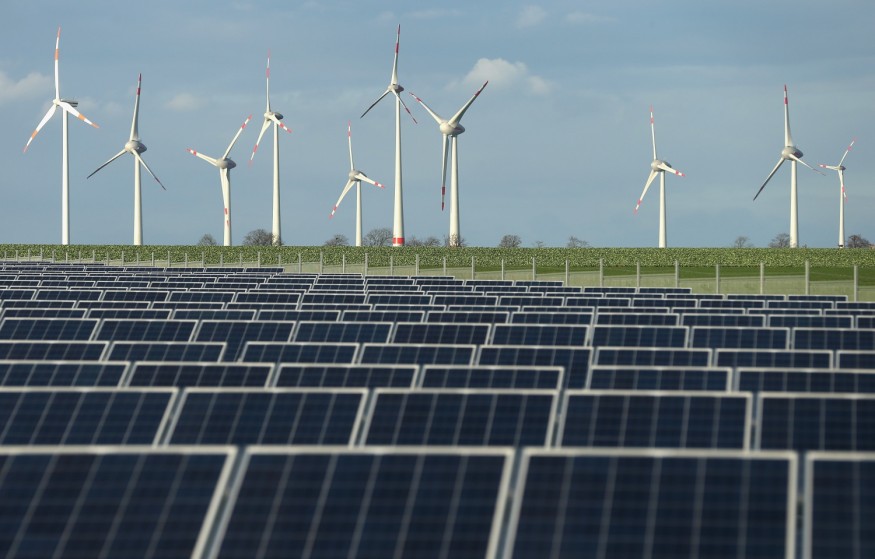Solar energy is being used to turn carbon dioxide into fuel, which may provide a more environment-friendly alternative to fuel. Using sophisticated materials and ultra-fast laser spectroscopy, a research team led by Lund University in Sweden has demonstrated how solar power can transform carbon dioxide into fuel.
The finding might be a critical component in future efforts to reduce greenhouse gas levels in the environment. The research was published in the journal Nature Communications.
Sunlight to Fuel

The amount of sunlight that reaches Earth in one hour is nearly equivalent to humanity's annual energy use. In addition, our worldwide carbon dioxide emissions are rising.
Many scientists are interested in harnessing the sun's energy to collect greenhouse gases and convert them to fuel or another helpful molecule. However, while no adequate answer has yet been found, an international research team has recently identified a viable path ahead.
"The study employs a mix of materials that absorb sunlight and utilize its energy to convert carbon dioxide, and we've mapped exactly what occurs in that process using ultra-fast laser spectroscopy," explains Tönu Pullerits, a chemical researcher at Lund University in a report in Science Daily.
Related Article : Research Shows that Solar and Wind Enough to Power Most Major Countries
Covalent Organic Framework

COF (covalent organic framework) is a porous organic substance investigated by researchers. The material is well-known for its ability to absorb a lot of light. They converted carbon dioxide to carbon monoxide without using more energy by adding a so-called catalytic complex to COF.
"We discovered that photons with blue light generate long-lived electrons with high energy levels, so we could simply charge COF with electrons and complete a process," explains Kaibo Zheng, a chemical researcher at Lund University.
What are the implications of these findings?
önu Pullerits and Kaibo Zheng believe that the finding will be utilized to construct larger units that can be used worldwide to capture carbon dioxide from the atmosphere and convert it to fuel or chemicals with the assistance of the sun in the future. That might be one of several options for dealing with the current climate catastrophe.
Groundbreaking Technology

According to NASA, this technology can mitigate the effects of burning fossil fuels, the world's major fuel source for the foreseeable future, by converting CO2 to fuel before it is emitted into the atmosphere.
This new nanomaterial thin-film device provides a low-cost, simple fabrication pathway to commercialize the technology in the sustainable energy market.
More crucially, recycling CO2 to fuels compatible with all existing fuel utilities results in a zero-carbon impact. This is performed by converting CO2 into usable energy using solar power in a small device.
For more news about making the environment sustainable, don't forget to follow Nature World News!
© 2025 NatureWorldNews.com All rights reserved. Do not reproduce without permission.





